Flower Meanings
Bird of Paradise
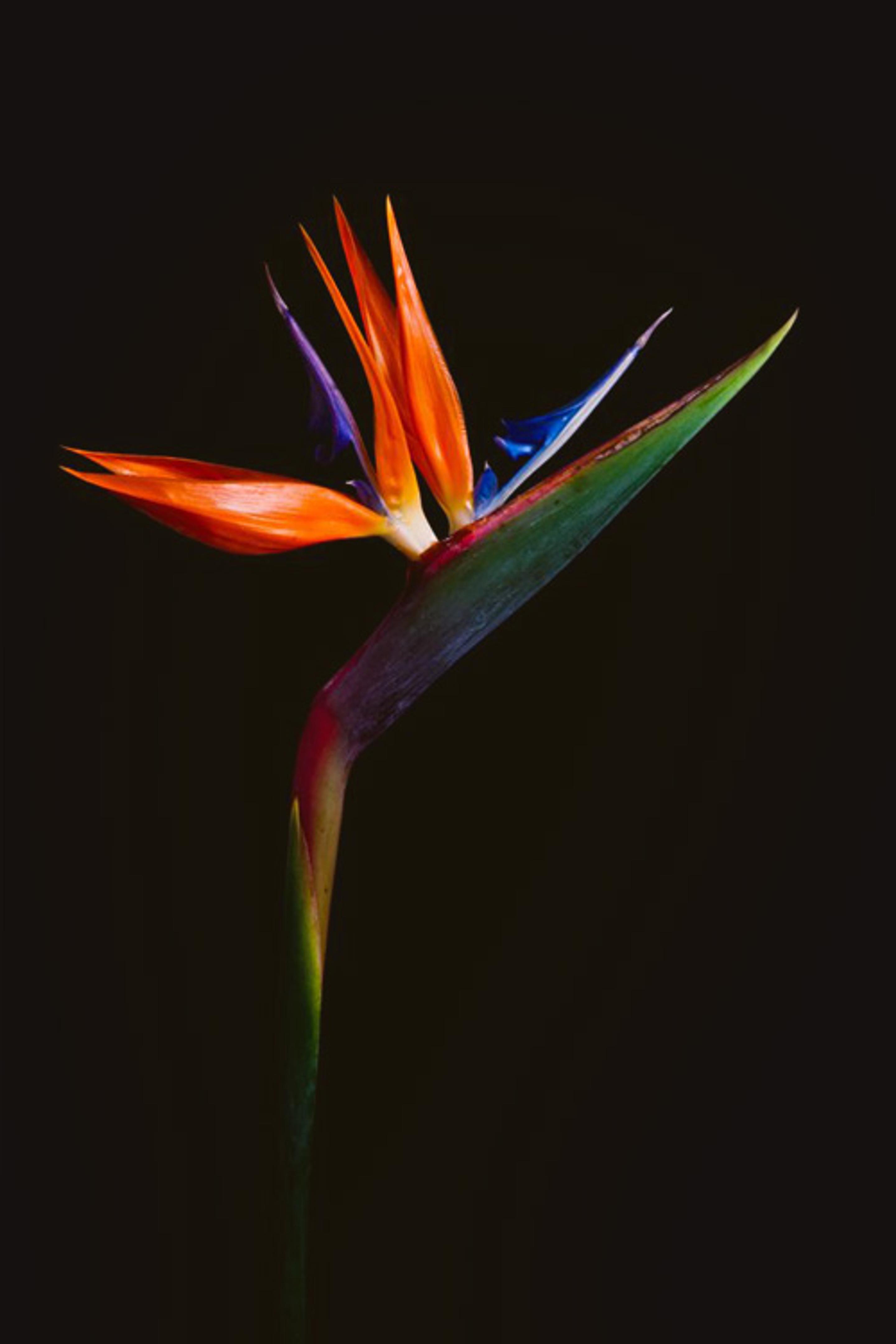

The Meaning of Bird of Paradise
The bird of paradise has so many meanings, to name a few:
- Success and excellence: The bird of paradise bloom often represents success and excellence, including overcoming obstacles both in the workplace and in life in general. Making this bloom the perfect gift for someone who’s just been promoted or graduated.
- Royalty: Bird of paradise was a symbol of kings and empresses in the past—it’s really no surprise, right? Just look at how regal these blooms are!
- Paradise: This one’s easy! This stunning bloom is the perfect reminder that heaven on Earth does exist!
- Optimism: Bird of paradise’s bright and bold hues & interesting shape makes it the perfect symbol of optimism.
- 9th wedding anniversary: The Bird of Paradise flower is a symbol of the 9th wedding anniversary and couples use it both as decoration for this ceremony or as a gift for a spouse!
- Freedom: A reminder to let go of our worries and embark on new adventures to a place we have never been.
- Joy: Who isn’t filled we joy when they’ve got these stunners gazing back at them!?
- Faithfulness: The bird of Paradise flower is a symbol of faithfulness and being able to stay truthful to only one person your entire life. [1]
Bird of Paradise Color Meanings
Bird of paradise isn’t just a curious beauty—it also comes in a variety of colors, each with a meaning of their own!
- Green bird of paradise symbolizes nature and rejuvenation.
- Red bird of paradise is a symbol of passion, love and romance. This color sends a strong message of affection towards someone and you can always pick red flowers to gift them to your loved one.
- Orange bird of paradise is a symbol of passion and optimism.
- Blue bird of paradise symbolizes respect and trust. This flower is a great gift for someone who deserves your trust and someone who is dear to you!
What Does Bird of Paradise Smell Like?
Bird of paradise is known for its extremely herbal and very grassy aroma. It’s clean smelling, and has been compared to the smell of fresh tomatoes. [7]
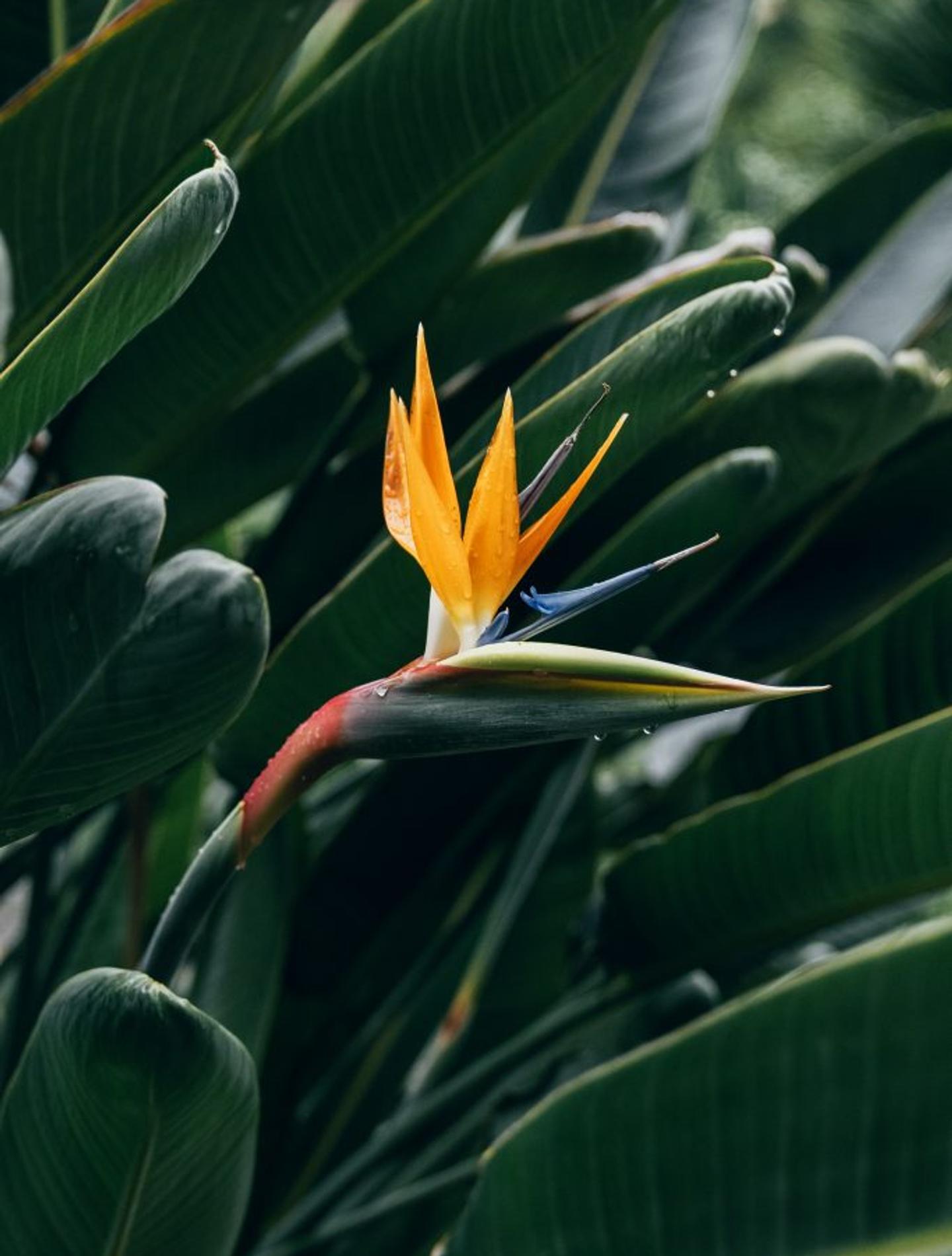
"The Bird of Paradise alights only upon the hand that does not grasp."
John Berry
The History of Bird of Paradise
Bird of paradise hail from South Africa, where they are commonly referred to as crane flowers and were first brought to western attention in the late 1700s. The actual flower of this plant is a group of bright blue petals that are fused together with vibrant orange sepals.
In 1773, Bird of paradise were brought to Kew Gardens in England by a Sir Joseph Banks. A major figure in British botany for quite some time, Banks personally named only two plants during his career, Strelitzia being one of them. He named it to honor his queen—Strelitzia refers to the region of Strelitz in Germany, the birthplace of Queen Charlotte (Queen to Geroge III of England).
Their common name Bird of Paradise comes from their resemblance to a bird’s head. The actual birds, also named Birds of Paradise, are spectacularly beautiful birds but don’t necessarily look like the flower. [2]
DID YOU KNOW - Bird of Paradise Fun Fact
Although birds of paradise are best known for their bright orange and blue colors, their flowers can also be white and blue and completely white. [3]

How to Grow Bird of Paradise
Bird of paradise is a heat-craving bloom. They tend to grow best in temperatures over 50 degrees Fahrenheit and grow from 4′ to 6′ tall and wide. You can expect up to 36 flower spikes each year.
Top Growing Tips:
- Keep bird of paradise in full sun for optimal growth
- Fertile soils with good drainage produce the best growth and flowering. Add compost to soil before planting.
- Water regularly during the first 6 months after planting—not too wet, not too dry. Once you’ve got yourself an established plant, water deeply during the growing season, letting the soil dry before each watering.
- Start fertilizing your bird of paradise a month after planting. [4]
DID YOU KNOW - Bird of Paradise Fun Fact
They are pollinated by sunbirds, which use the spathe as a perch when visiting the flowers. [3]
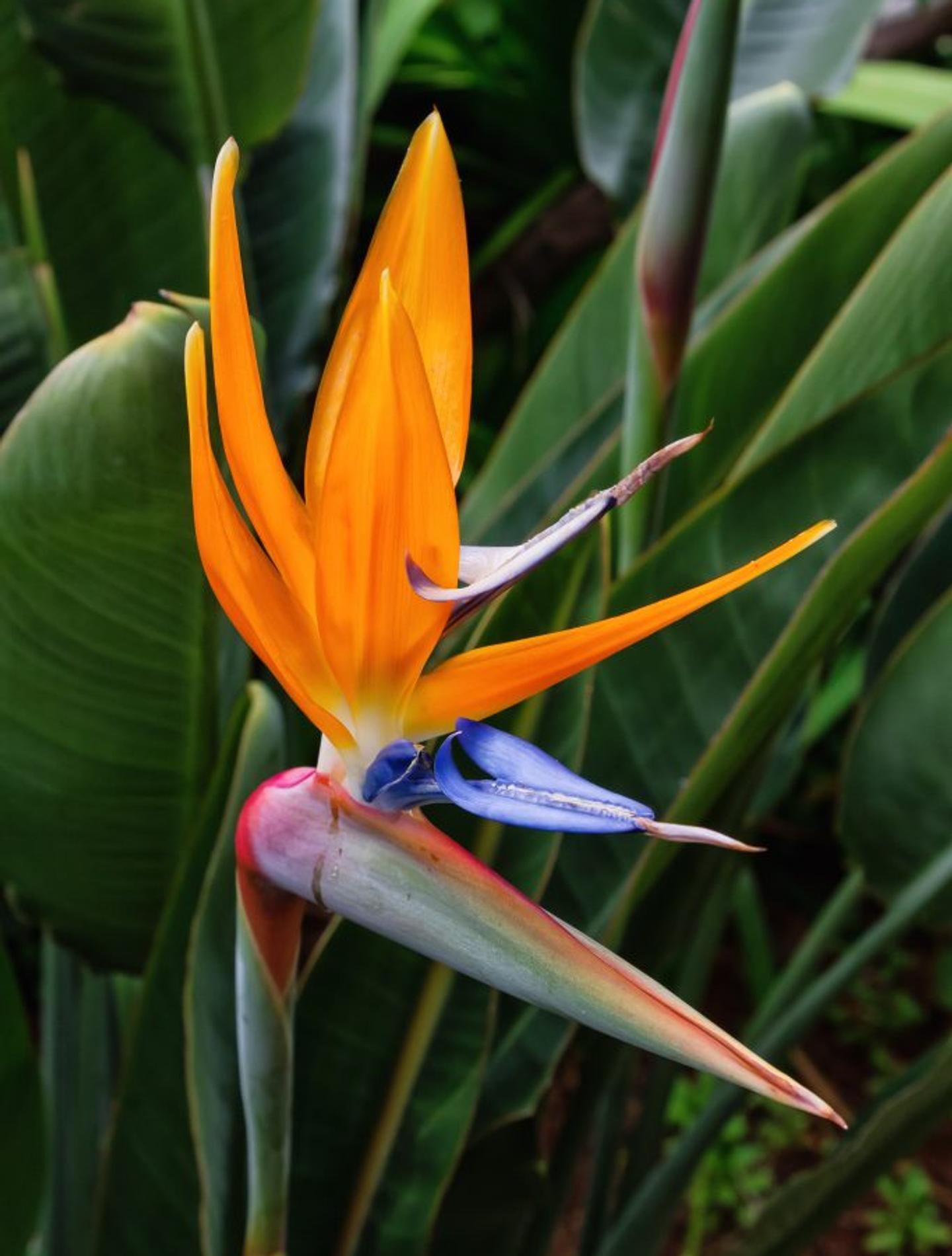
How to Care for Bird of Paradise
Alright, and now onto how you should care for your freshly cut bird of paradise. (A bloom as dramatic as this, you can’t NOT show them off in your home!)
Step 1. Be sure to use sharp sheers large enough to handle the job, as these blooms tend to have quite a thick stem.
Step 2: Harvest your blooms as soon as the first flower emerges from the bract.
Step 3: If you cut a bloom that has not fully opened, soak in warm water for about 20 minutes. Then cut a 1/2 inch slit in the back of the enclosing bract near the stem, and, using your thumb and fingers, reach in through the slit on the upper side and gently lift up a new flower. Gently remove the thin white membrane that separates each flower and cut it off. Arrange the flowers in a fan shape. [5]
When to Give Bird of Paradise as a Gift
Wondering when the best time to gift bird of paradise? These unique blooms make the perfect gift for birthdays, congratulating someone on a promotion, or graduation!

References:
- 1 - flowermeaning.com
- 2 - Khkeeler
- 3 - Just Fun Facts
- 4 - HGTV
- 5 - Home Guides
- 6 - Wooden Shoe Tulip Farm
- 7 - Sid Martin
Flower Meanings — keep discovering
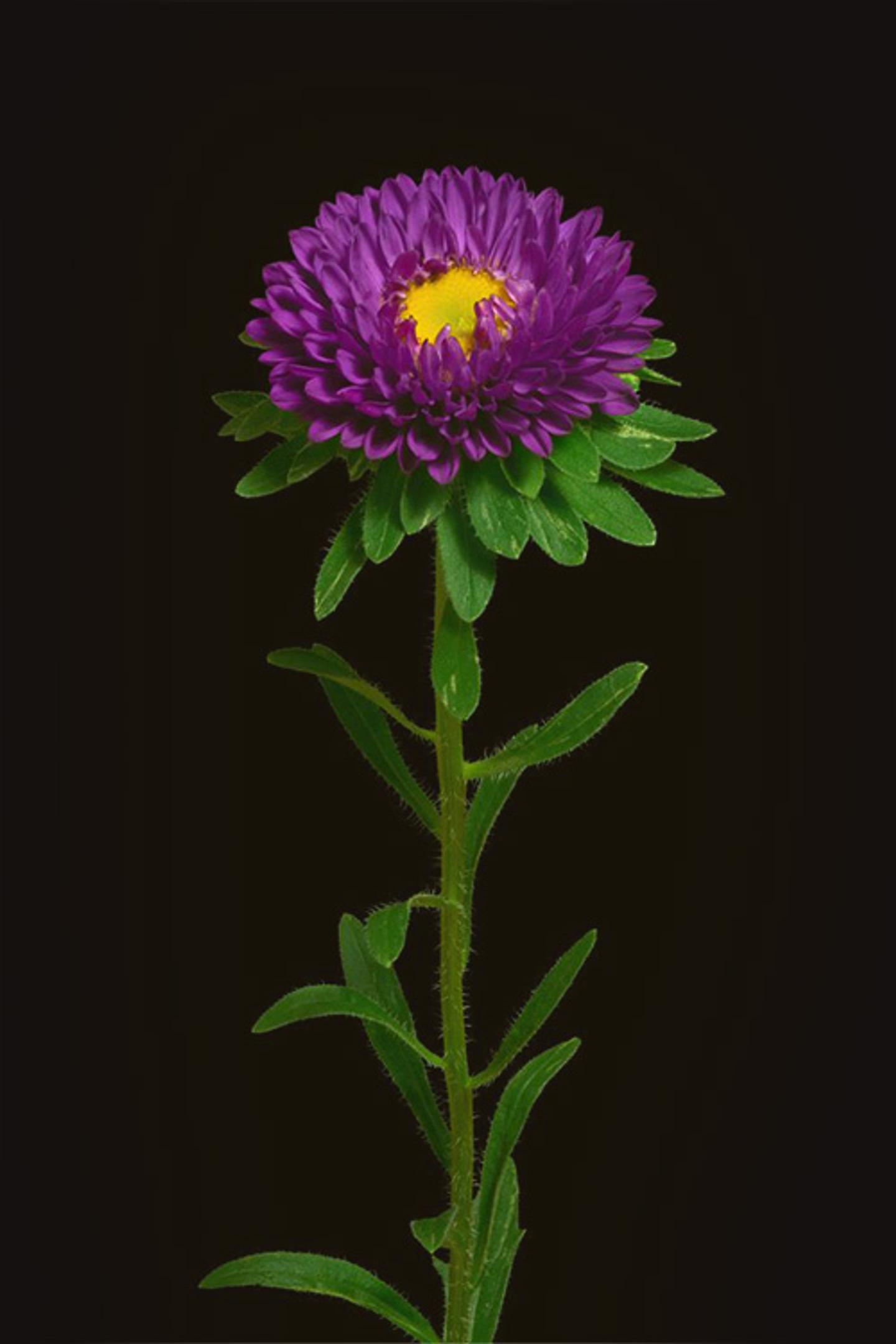
Aster
A part of the daisy family, aster is an ancient bloom that has been around for thousands of years, and you better believe it’s got a story to tell!
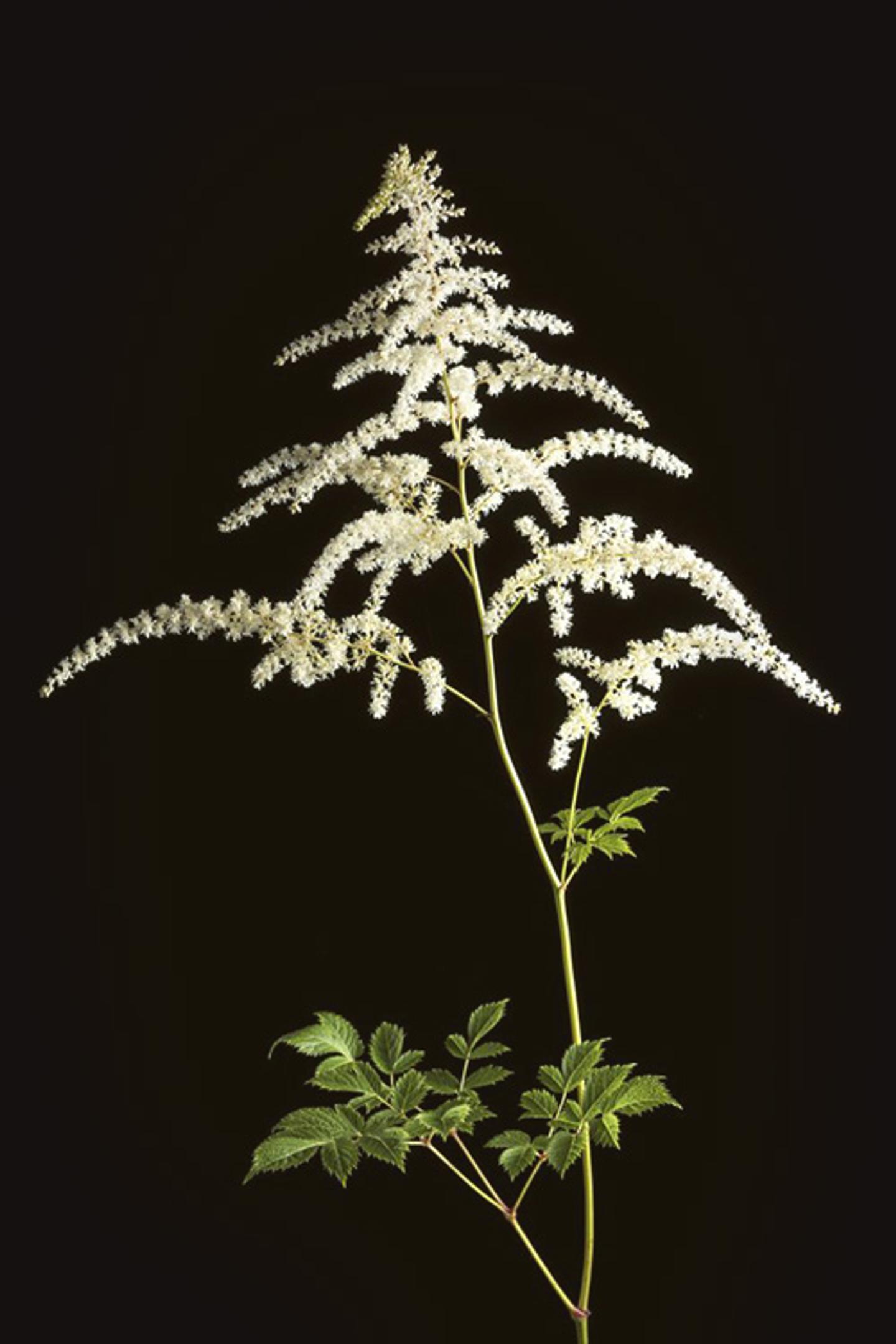
Astilbe
Commonly known as ‘False Goat’s Beard,’ Astilbe brings light and life to even the shadiest of corners. And don’t worry, there’s nothing false about this bold perennial wildflower!
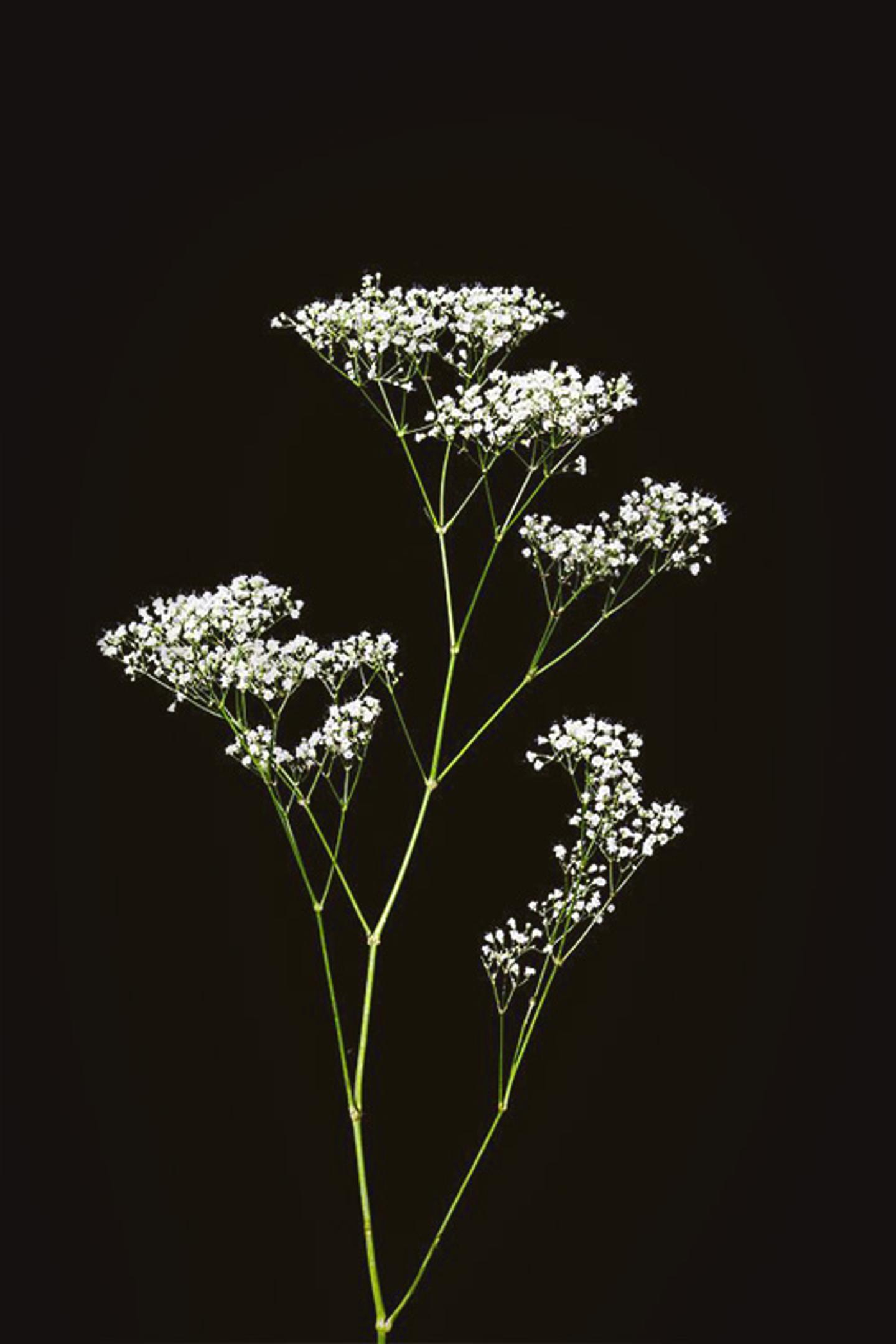
Baby’s Breath
Baby’s breath plants have become somewhat of a cliché in floral arrangements, but you may fall in love with this plant all over again in the flower garden. The plants look dainty but hang tough in dry sandy soils, and they’re deer resistant to boot.

Bells of Ireland
Despite their namesake, these regal bell-shaped greens actually hail from Turkey. So why Bells of Ireland, you might ask? It’s all thanks to their bell-like shape and lively green color, giving them their famous Celtic signature.

Aster
A part of the daisy family, aster is an ancient bloom that has been around for thousands of years, and you better believe it’s got a story to tell!

Astilbe
Commonly known as ‘False Goat’s Beard,’ Astilbe brings light and life to even the shadiest of corners. And don’t worry, there’s nothing false about this bold perennial wildflower!

Baby’s Breath
Baby’s breath plants have become somewhat of a cliché in floral arrangements, but you may fall in love with this plant all over again in the flower garden. The plants look dainty but hang tough in dry sandy soils, and they’re deer resistant to boot.

Bells of Ireland
Despite their namesake, these regal bell-shaped greens actually hail from Turkey. So why Bells of Ireland, you might ask? It’s all thanks to their bell-like shape and lively green color, giving them their famous Celtic signature.
Ready to send beautiful flowers?
Our guided experience helps you send a one-of-a-kind arrangement perfect for every occasion.
Send Flowers